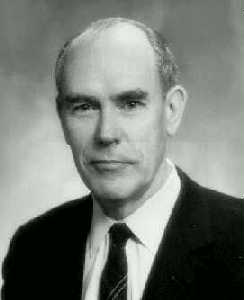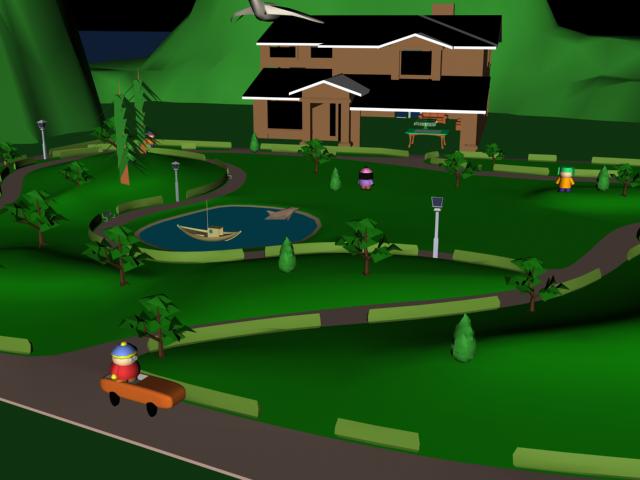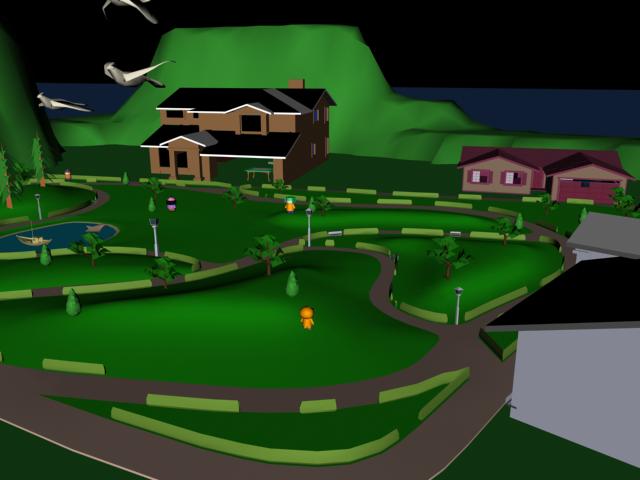MAT200A 03W
[ Christina Yao ]
[ Virtual Reality ]

Sketchpad system was invented In 1963, the first significant contribution has made by Ivan Sutherland. The system was his MIT doctorial thesis and Sketchpad system was the pioneering concepts of graphics computing, also the first graphical user interface first program that allowed the user to create graphical images directly on the computer screen has magnetic tape storage, typewrite keyboard, a Xerox printer, a light pen and an 9 inch CRT create engineering drawings directly on the screen with a light pen. The innovative feature of the sketchpad system was the user can create engineering drawings directly on the screen with a light pen. By using the light pen, user can also manipulated the drawings, duplicated them and stored them. Sketchpad pioneered the concepts of graphical computing, the ability to zoom in and out on the display including grabbing objects, moving thm, changing size and using constraints.
Types of computer inputs
- Typewrite keyboards
- inexpensive, reliable, and produce easily transmitted signal
- Light pen, RAND Tablet stylus(1964)
- useful in displaying items and in drawing or printing for input to the computer
- Knobs, Joysticks
- useful in adjusting parameters of computation, adjusting the viewing angle of a perspective view is usually being handled by joysticks.
- Push buttons, syllable voice input
Sutherland discusses the future possibilities with a computer display, that a person can use all their senses to interact with a computer. He introduces a term call kinesthetic display, which allows one to use all their senses to interact with and gain knowledge from a computer.
Future computer display possibilities:
- Data visualization "A display connected to a digital computer ... is like a looking glass into a mathematical wonderland" (Ivan Sutherland)
- Realism: "A chair displayed in such a room would be good enough to sit in. Handcuffs displayed in such a room would be confining, and a bullet displayed in such a room would be fatal." (Ivan Sutherland)
- Beyond Reality: "There is no reason why the objects displayed by a computer have to follow ordinary rules of physical reality with which we are familiar" (Ivan Sutherland)
1966 "Sword of Damocles" head-mounted display was invented by Sutherland at University of Utah.It is called sword of Damocles because it had to be suspended from the ceiling off set most of the weigt from the head of the user. It has a pair of glasses, cathode-ray tubes in the sides, mechanical head tracking, sensor suspended from the ceiling. The head-mounted display allows for the images to be coordinated in real time with the changing position of the user, it also has 40 degrees of view. The user was able to look at a wire frame of a cube which was floating in space
Related links
user Interface time line
Human-Computer Interface
History of HMD
HMD/headset/VR-helmet Comparison Chart
VR Input and feeback devices

Char Davies was a director of Visual Research at SoftImage, a 3d computer graphics company which has done projects for many Hollywood filsm such as Jurassic Park and Titanic , a creator of 3D computer graphic stills and a former painter. Changing Space Quoted from Gaston Bachelard, a philosopher in science and poetry and he emphasizes imagination based on four elecments, water, air, fire and earth. In The Poetics of Space, "By changing space, by leaving the space of one's usual sensibilities, one enters into communication with a space that is physically innovating. For we do not change place, we change our nature." (Gaston Bachelard) participants do not change "place," but change their own nature .
She also quoated fromArthur J. Deikman in "Deautomatization and the Mystic Experience" "ˇK. It is possible that deautomatization may permit an awareness of new dimensions of the total stimulus array-a process of 'perceptual expansion'. ˇKThe general process of deautomatization would seem of great potential usefulness whenever it is desired to break free from an old pattern in order to achieve a new experience of the same stimulus or to open a perceptual avenue to stimuli never experienced before" (Arthur J. Deikman) Example: meditation techniques can lead to an undoing of being familiar of our perceptions, but brings more alternative sensibilities.
These unusual sensibilities include:
- An intense sense of "realness", as when inner stimuli become more real than objects.
- Transcendence of time and space
- Feelings of undifferentiated unity or merging
- Ineffability or verbal indescribability
- A profound sense of joy or euphoria
- A paradoxical sense of being in and out of the body
Osmose (1994-1995)
An installaion with two screens, Osmose is an immersive, interactive, virtual-reality environment installation. Davies used transparency and soft color to break down boundaries between objects. Also suggest fluctuations between "figure" and "ground." The project used Head-mounted display, 3 dimensionally localized interactive sound, respond to location, direction and speed.The sound source is a sampling of a male and female voice. What is innovative about this project is instead of using glove, the participant moves with a vest, which is a real-time motion tracking based on breathing and balance. The vest has sensors to detect the motion of the chest, by breathing in, the immersant is able to float upward, by breathing out, to fall and moving the body to change direction. This method is inspired by Davies' scuba diving practice. In Osmose, there are 12 world/spaces include Clearing, Forest, Tree, Leaf, cloud, Pond, Subterranean Earth, abyss, substratum and Code.
Breathing in and letting go
Based on responses from approximately 7,500 individuals who have been immersed in Osmose since the summer of 1995, the afer-effect of imeersion in Osmose can be quite profound. A number of participants response th following after immersion in osmose:
- A feeling that they had indeed been somewhere else, in another "place"
- Losing track of time
- Heightened awareness of their own sense of being
- A deep sense of mind/body relaxation
- An inability to speak rationally or to put logical words together afterwards
- A feeling of freedom from their physical bodies and an acute awareness of them at the same time
- Intense emotional feelings, including euphoria and/or an overwhelming sense of loss when the session was ending, causing some to cry and others to exclaim they were no longer afraid of dying
The artist's goal is to connect the immersant not to others but to the depths of his or her ownself. Immersion in Osmose brings with it the realm of the emotional, through its use of the breath and balance of the immersant, together with the transparency of the virtual world, undo our habitualised everyday perception leading to altered states of consciousness. Osmose brings in a differences in technological and it is an evolution of VR as an artistic medium,
Related links
Ephemere (1998)
ReCVEB
Daniel Langlois Fondation
South Park: A wonder land
I am interested in making three dimensional environment where user can navigate in the virtual world. My first encounter with virtual reality pack, which is Head-mounted display, tracker and glove, was amusing and exciting. I took Virtual Environment class with professor Enberg and learned to use a virtual environment commercial application ˇ§Eon Realityˇ¨, which is an interactive visual content management software provider. The application is currently being used in vehicle industries, furniture, industrial, architecture, computer, engineering, education and defense industries. By being more acquainted with the application, I built a south park wonderland, which is a user interactive virtual environment. User with head-mounted display can navigate the park, change the orientation, and direction by using the tracker and glove. Whenever the participantˇ¦s camera view touches the boundary box of the south park characters, the characters will be push away and trigger the characters to respond you with a MIDI sound track file. Every time I immerse inside the park I found myself in a state of euphoria.
However, there are some technical difficulties I found with this virtual reality equipment. First one is that my head felt dizzy after a while using the HMD, and cause some sort of motion sickness after moving fast with the helmet. This prevents me from using the virtual reality equipment for more than 10 minutes each time. Another limitation with the virtual reality equipment is that there is only minimum user interaction we can have with glove and tracker, because our fingers can only bend at certain degrees while most of the times the glove cannot even sense the movement of pinky and ring finger. A joystick will provide a better degree of user interaction with the world. Another thing is that there is no surround sound available in our VR lab, so the sense of realness is lessened. When I navigate inside the park I have fully awareness that I am in a virtual environment because sometimes there is latency occurred in the screen display on the HMD. According to Sutherland, expanding the types of VR input system and technologies, the ultimate goal is to fully operate our body and senses as input devices in the VR system, there, the human-computer interface will soon be realizable. The more artists, scientists, engineers are exposed to the virtual reality systems, the more dynamic impacts and usages virtual reality has. By improving the virtual reality technologies, one day we will be able to be immersed inside the Internet, interacting with it virtually in three dimensions. We may all wear personal headsets that allow us to walk through scenes we now see in two dimensions on our computer monitors. The virtual environment has no limits; instead, the only limitation is our imagination.




